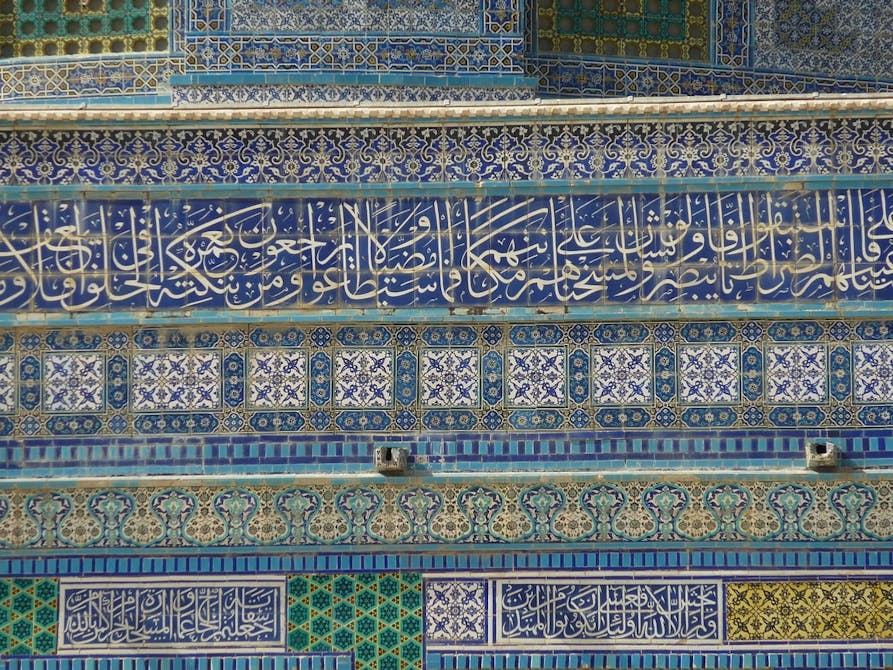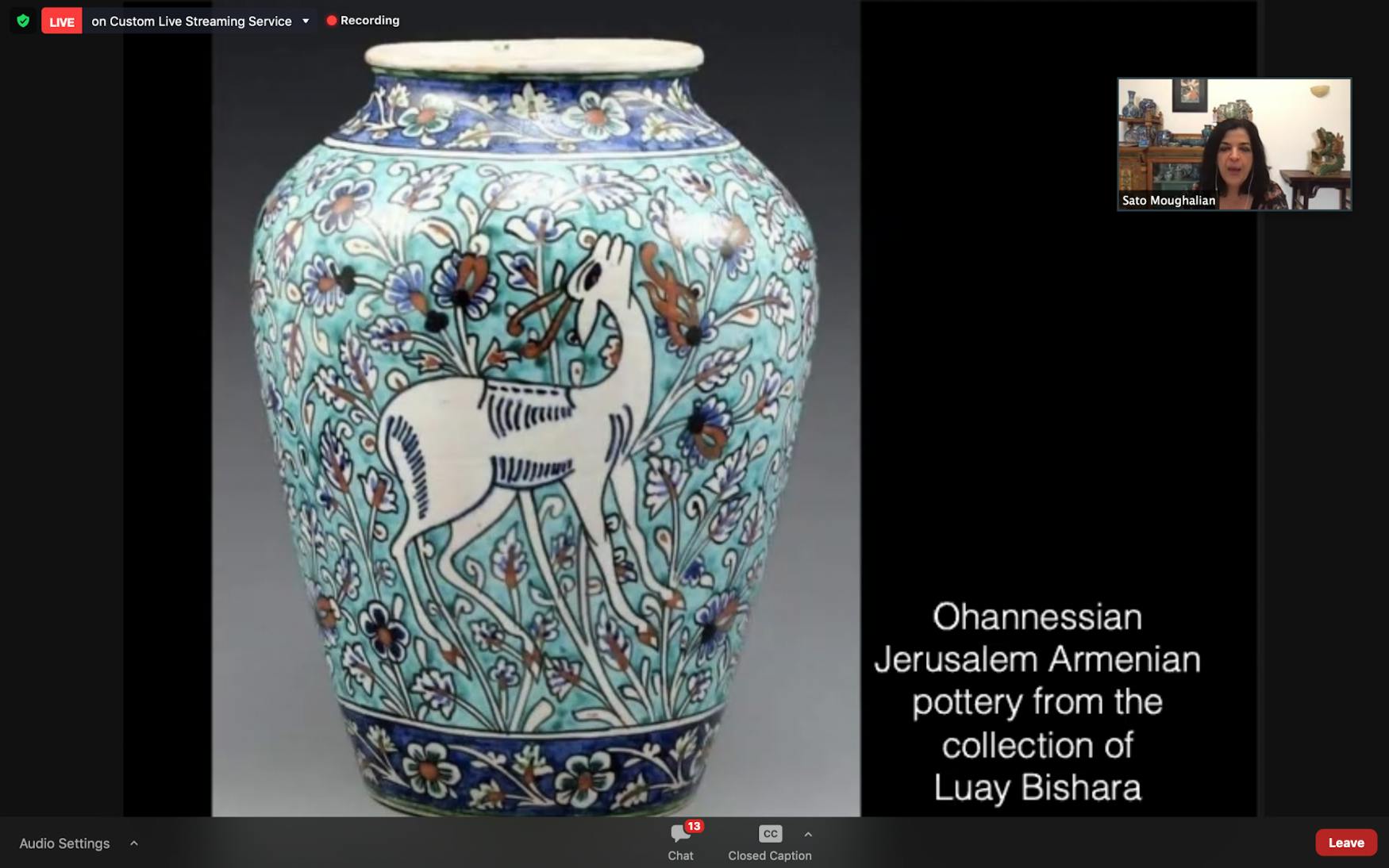David Ohannessian: bringing Armenian ceramics into Jerusalem
Last Thursday, the Brandeis Schusterman Center for Israel Studies and the National Association for Armenian Studies and Research invited Sato Moughalian, a renowned flutist and the author of "Feast of Ashes — The Life and Art of David Ohannessian,” for a virtual lecture on David Ohannessian, a well-known Armenian ceramicist. Moughalian is Ohannessian’s granddaughter, and she spoke about his art and how his experience in the Armenian genocide and being deported influenced his interpretation of ceramics. The event was supposed to happen last spring in person, but because of the pandemic it was rescheduled for this fall.
Moughalian began the lecture by giving a quick introduction about Ohannessian’s life. Before World War I, Ohannessian was a known master of the Kutahya style of Ottoman ceramics. In 1902, when Ohannessian was 17, he moved to Kutahya and became an apprentice at one of the local ceramic shops. Only five years later, he started a studio of his own. Known for working in historical renovations, Ohannessian's work appeared throughout the Ottoman Empire and beyond. Moughalian revealed to the audience that in 1910, Ohannessian did tile work for the Egyptian prince’s palace, and in 1912 worked on a tile room for Mark Sykes, a member of the British parliament.
Nevertheless, Kutahya ceramics' success began to diminish when the Ottomon Empire joined World War I in 1914. During the war, the Ottoman authorities targeted and arrested many Armenians. Ohannessian was no exception. He was arrested in 1915, falsely accused of participating in the revolution. He and his family were then deported. They were refugees for three years until they moved to Jerusalem where, as Moughalian stated, Ohannessian “reestablished his art.” In Jerusalem, he created tiles and pottery which involved “intense saturated colors and a mix of opaque and translucent glazes,” Moughalian described. His tiles, specifically those in blue and green, can be found all over Jerusalem.
In 1918, Jerusalem was under reconstruction. According to Moughalian, the Pro-Jerusalem Society, a group devoted to protecting and rebuilding Jerusalem, planned to restore the major religious sites, the main one being the Dome of the Rock. The Dome of the Rock was covered in tiles on the outside and often the tiles had to be fixed. Ohannessian was recommended by Sykes for the job and he and some other artisans created tiles to replace the old ones. Ohannessian opened a new studio called the Dome of the Rock Tiles where he accepted orphans as apprentices. Moughalian explained that “their goal was to teach all the children under their care a trade so that by the time they reached the age of 16, they could be self-sufficient.”

DOME OF THE ROCK: Ohannessian adorned Jerusalem with distinctive tilework, including his work in 1918 for the reconstruction of the Dome of the Rock.
Moughalian explained that “in the 1920s and 30s, Ohannessian carried over to Jerusalem this Ottoman tradition of exterior architectural tile embellishment.” She further added that his tiles were actually the only colorful elements allowed in the city's golden-stone buildings. Moughalian said that “in Jerusalem, Ohannessian rigorously attempted to preserve the historic Anatolian ceramic-making techniques even in the face of Palestine's very different geological environment and the lack of the specific materials that characterized the Anatolian ceramic tradition.” This shows that he wanted to keep the tradition in his ceramic-making alive. In 1948, Ohannessian and his family fled from bombings in Jerusalem, and he died a few years later in 1953 at age 59.
After Moughalian’s lecture, Marc Mamigonian, the director of Academic Affairs at the NAASR, talked briefly about the current situation in Karabakh, a disputed territory between Azerbaijan and Armenia. According to Mamigonian, Azerbaijan doesn’t accept Karabakh as an Armenian independent state, and Armenia refuses to accept Karabakh possibly being controlled by Azerbaijan. He added that the United States and others have done little to help and explained that Armenians believe the world has not properly acknowledged the violence of the Armenian genocide toward the Armenian people, which has also caused more violence in the present.



Please note All comments are eligible for publication in The Justice.